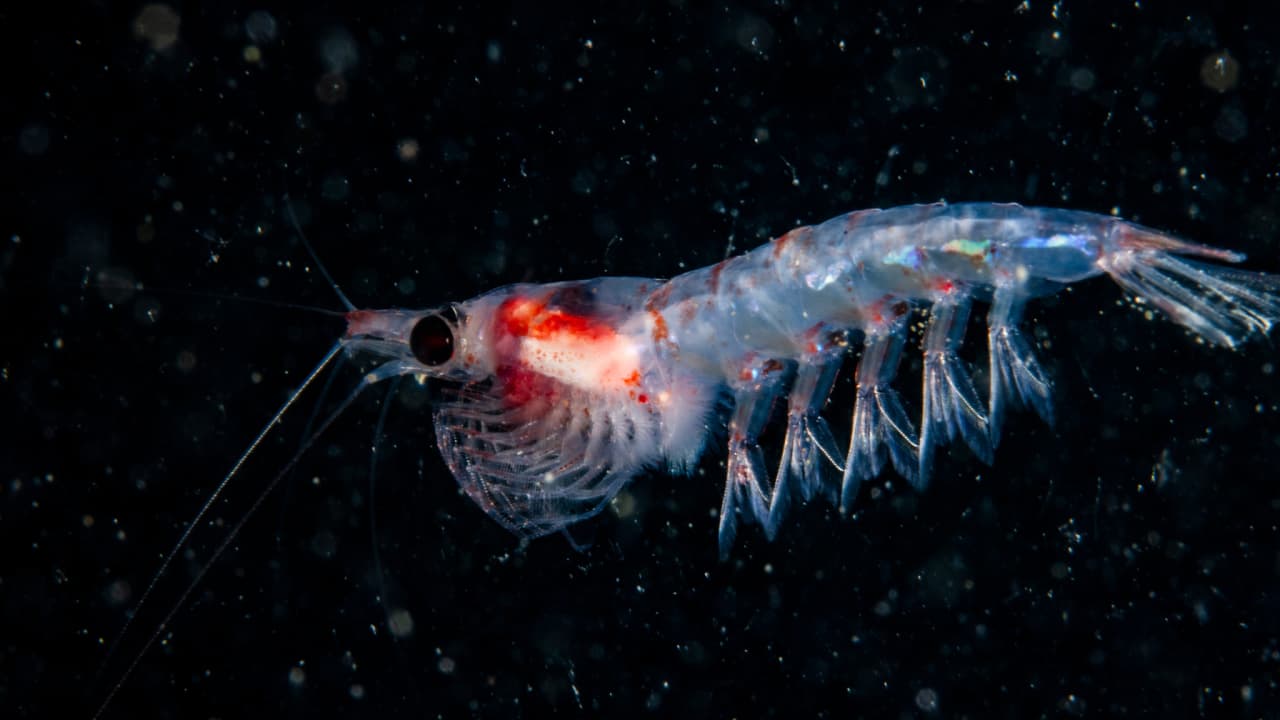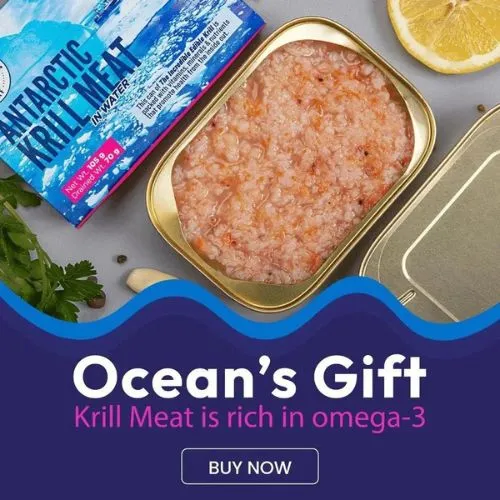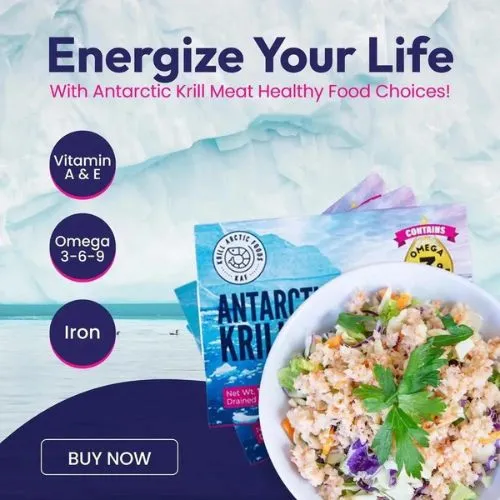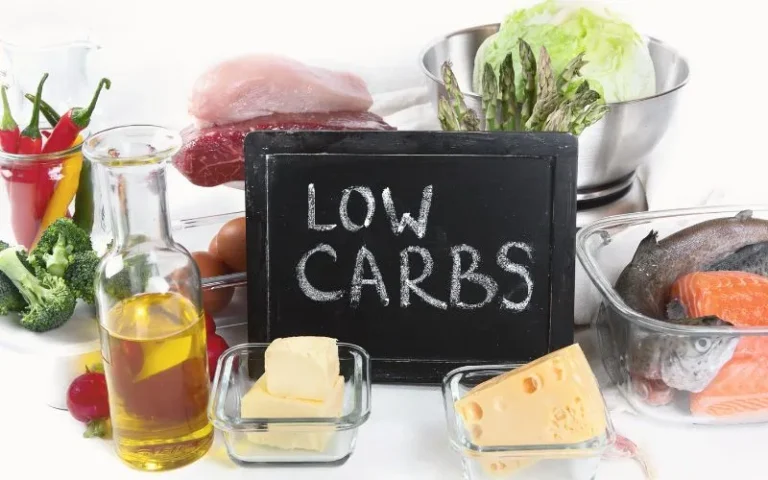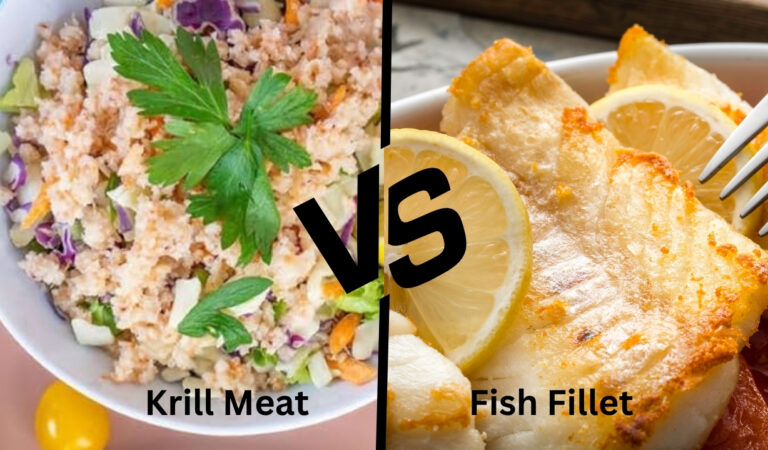Imagine an orchestra where every instrument plays a critical role in harmony. krill are the unsung heroes of our oceans, orchestrating life beneath the waves. These tiny crustaceans are the foundation of the marine food chain, feeding whales, seals, penguins, and countless fish species.
As demand for krill-based products like omega-3 supplements, pet food, and aquaculture feed grows, questions about sustainability are surfacing. Are we taking too much? Could overharvesting disrupt marine ecosystems? These concerns are pressing as climate change already threatens fragile marine habitats.
This article dives into how sustainable krill harvesting works, its environmental implications, and why responsible practices are essential for preserving the delicate balance of our oceans. Let’s explore what it takes to meet human needs without compromising marine life.
The Role of Krill in Marine Ecosystem
Picture a bustling underwater city with krill as its main workforce. These small, shrimp-like creatures are the quiet powerhouse of the ocean, measuring just a few inches long. Found mostly in the cold waters of the Southern Ocean, they gather in massive swarms, sometimes stretching for miles. This makes them an abundant food source for marine predators and a vital part of the ecosystem.
Krill might seem small, but their impact is anything but tiny. They are the primary meal for many marine giants, including whales, seals, and penguins. Without krill, the delicate balance of the ocean’s food web could collapse. To put it simply, they’re like the roots of a tree feeding everything above them. If we don’t protect krill, we risk shaking the entire structure of marine life.
Here’s a surprising fact: krill also play a hidden role in fighting climate change. When they feed on tiny algae, they recycle carbon through their bodies and excrete it as waste that sinks to the ocean floor. Think of them as nature’s tiny carbon recyclers. This process helps lock carbon away for centuries, making krill essential not just for marine life but also for the planet’s health.
Challenges of Krill Harvesting
Harvesting krill might seem like a straightforward task, but it comes with its fair share of challenges. Let’s break down five major obstacles:
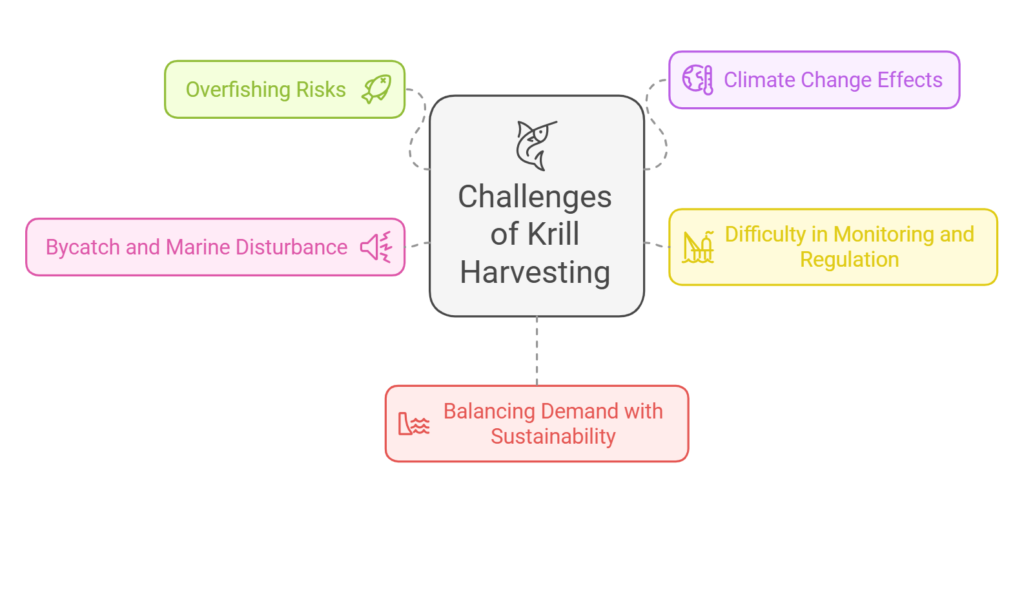
Overfishing Risks
Imagine taking too many bricks out of a building’s foundation it might hold for a while, but eventually, it collapses. Overharvesting krill poses a similar threat to marine ecosystems. Since they are the main food source for many species, removing too many can disrupt the balance, leaving predators like whales and penguins struggling to survive.
Climate Change Effects
Rising ocean temperatures and melting ice are shrinking krill habitats. These tiny creatures rely on sea ice for feeding and reproduction, and as the ice disappears, so do their safe havens. This double impact of overfishing and habitat loss creates a worrying future for krill populations.
Difficulty in Monitoring and Regulation
The vastness of the ocean makes it hard to keep an eye on krill harvesting. Some regions lack proper enforcement, allowing unsustainable practices to go unnoticed. While international bodies like CCAMLR (Commission for the Conservation of Antarctic Marine Living Resources) exist, ensuring compliance across the globe is a constant challenge.
Bycatch and Marine Disturbance
Harvesting krill can unintentionally harm other marine life. Fishing equipment may catch non-target species, causing unnecessary loss of biodiversity. Additionally, the methods used to capture krill can disturb the fragile underwater environment, further complicating sustainability efforts.
Balancing Demand with Sustainability
As demand for krill-based products grows, the pressure to meet it increases. Industries producing omega-3 supplements, animal feed, and other products often prioritize quantity over long-term sustainability. This creates a tug-of-war between fulfilling market needs and protecting marine ecosystems.
Sustainable Krill Harvesting Practices
Sustainability in krill harvesting isn’t just a buzzword it’s the key to preserving marine ecosystems while meeting human needs. Here are five practices making a difference:
Ecosystem-Based Management (EBM)
Think of it as managing an orchestra instead of just one instrument. EBM focuses on the entire ecosystem, not just krill. This means setting harvesting limits that consider the needs of predators like whales and penguins, ensuring enough krill remains in the ocean to support the food chain.
Advanced Monitoring Technology
Imagine having a bird’s-eye view of the ocean. Satellites, drones, and GPS trackers now help monitor krill populations and fishing activity in real-time. These tools ensure accurate data collection, reducing overfishing risks and improving transparency across the industry.
Strict International Regulations
The CCAMLR has implemented strict rules to keep krill harvesting sustainable. Quotas are set based on scientific research, limiting the amount of krill that can be harvested each year. These regulations protect sensitive areas and help ensure compliance among fishing nations.
Certification Programs
Certifications like the Marine Stewardship Council (MSC) act as a seal of approval for sustainable practices. Companies earning this certification must prove they follow responsible harvesting methods, ensuring consumers can make environmentally conscious choices when buying krill products.
Collaboration Between Stakeholders
Preserving krill populations requires teamwork. Governments, environmental organizations, scientists, and the fishing industry must work together to balance demand with sustainability. For example, some companies voluntarily avoid harvesting in areas critical to krill-dependent species during breeding seasons.
Sustainable Practices and Their Impact
Sustainable krill harvesting isn’t just a responsible approach it’s essential for the health of our oceans and the planet. By combining innovative practices with science-driven regulations, these efforts create long-term benefits for marine ecosystems and beyond.
Ecosystem-Based Management (EBM)
EBM ensures that harvesting krill doesn’t disrupt marine food chains. By accounting for the needs of predators like whales and penguins, this approach keeps ecosystems balanced while allowing for responsible resource use.
Advanced Monitoring and Technology
Real-time tracking tools like satellites, GPS, and drones make it possible to monitor krill populations and fishing activity accurately. This not only prevents overharvesting but also ensures transparency and accountability across the industry.
Protecting Marine Habitats
Selective gear and harvesting limits prevent damage to sensitive areas where krill thrive. This reduces disturbances to ocean floors and protects the broader marine environment where krill reproduce and feed.
Long-Term Resource Availability
By adhering to quotas and minimizing waste, sustainable harvesting ensures krill populations remain healthy and abundant for future generations. This approach safeguards both marine life and the industries that depend on these vital resources.
Carbon Sequestration Support
Krill play a hidden role in reducing global carbon levels by recycling carbon through their feeding and excretion. Sustainable practices protect their populations, allowing them to continue their natural contribution to the fight against climate change.
Sustainability ensures that industries can meet demand today while preserving the ocean’s delicate balance for tomorrow. These practices not only support ecosystems but also push industries worldwide to adopt greener methods that benefit the planet.
What Consumers Can Do to Support This Movement
Consumers hold the power to drive sustainable practices forward. Here’s how you can make a difference:
Choose Certified Products
Look for krill-based items with certifications like the Marine Stewardship Council (MSC) label. This ensures the product you’re buying supports sustainable harvesting.
Research Before You Buy
Support companies that are transparent about their practices and actively contribute to marine conservation. Every purchase is a vote for sustainability.
Raise Awareness
Share what you’ve learned about krill and sustainable harvesting with others. Spreading awareness helps inspire others to make eco-friendly choices.
Consume Responsibly
Reduce waste by choosing high-quality, durable products. Being mindful of your consumption habits aligns with sustainability principles.
Advocate for Change
Support petitions and organizations working to protect marine ecosystems. Advocacy strengthens regulations and pushes industries to adopt better practices.
Every small action adds up. By making thoughtful choices, you can help preserve the future of our oceans and ensure krill harvesting remains a sustainable, positive force.
Conclusion
Sustainable krill harvesting is more than just protecting a species it’s about safeguarding the intricate balance of our oceans and the global climate. This article has explored the critical role of krill in marine ecosystems, the challenges they face, and the solutions that ensure their populations remain healthy.
The path forward is clear: innovative harvesting methods, strict international regulations, and consumer-driven demand for sustainability are the keys to success. As individuals, we can support this movement by choosing certified products, spreading awareness, and advocating for policies that protect marine life.
Together, we have the power to ensure that krill harvesting benefits both the environment and the industries that depend on it. Every choice we make today contributes to a healthier, more balanced ocean tomorrow. Let’s make those choices count.

